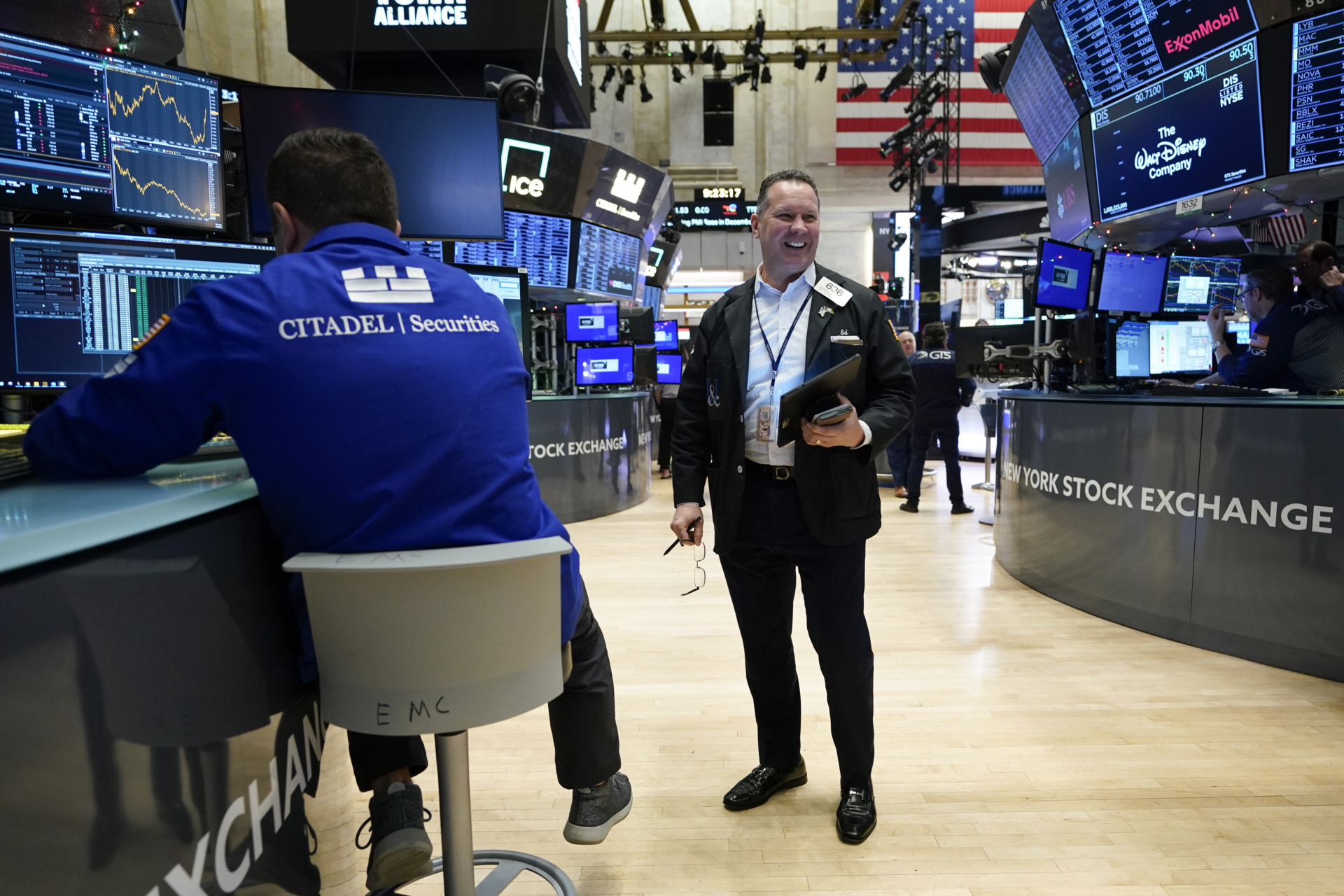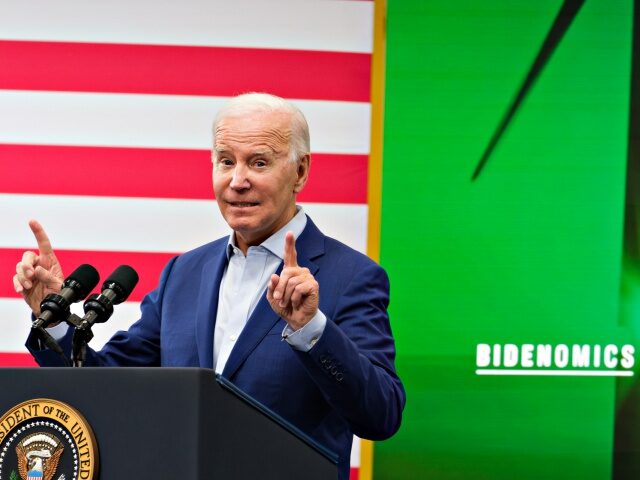The Market Decides to Ignore the Jobs Numbers
The dream of a March rate cut has survived the December jobs report.
The Department of Labor said employers added 216,000 jobs to their payrolls in December, a much faster pace of hiring than the 170,000 Wall Street was expecting. The unemployment rate held steady at 3.7 percent, defying predictions that it would climb up to 3.8 percent.
The initial reaction in markets was a swift but short-lived reconsideration of the expectation that the Federal Reserve will lower its benchmark interest rate at its March meeting. Prior to the release of the numbers, the market was pricing in around a 75 percent chance of a March cut. Immediately after the release, the odds fell to around 57 percent.
But by midday on Friday, they had climbed nearly all the way back to the pre-jobs numbers odds.
The bond market followed the same pattern. Treasury prices fell and yields climbed, with the 10-year Treasury yield rising above four percent, hitting its highest point since just before the dovish December meeting of the Federal Open Market Committee. As traders digested the jobs figures, however, the 10-year yield slipped below the prior day’s close of 3.991 percent.
The equities market marched in lockstep, selling off in pre-market trading and then rallying when the cash market opened. By mid-day, the Nasdaq Composite was up by 0.41 percent, the S&P 500 up by 0.38 percent, and the Dow Jones Industrial Average was up by 0.10 percent. Nine of the eleven sectors of the S&P were up for the day, with real estate and consumer staples the only laggards. This rally was all the more notable because stocks had been down for the first three trading days of the year, a relatively rare weak start for the year by historical standards.

Traders work on the floor at the New York Stock Exchange in New York, on Jan. 3, 2024. (AP Photo/Seth Wenig)
The market appears to have decided to focus on the idea that the strong jobs numbers could bolster a “soft landing” scenario in which economic growth remains strong while ignoring the risk that the numbers could be a warning sign for resurgent inflationary pressures. Investors want a Goldilocks economy in which the Fed cuts rates into a robust economy—coupled with immaculate disinflation—and they are not going to let any pesky facts get in the way.
Jobs Were Weaker Than They Looked…
This dream, however, risks becoming a nightmare because there are signs that the underlying strength of the labor market is exaggerated by the headline numbers while the inflationary pressures of job growth may be even higher than they appear.
An oversized portion of the job growth came from government jobs and government-adjacent jobs—like education, social services, and health care— in December. Joe Lavorgna, chief economist at SMBC Nikko Securities, describes the report as “soft” in a note to the bank’s clients on Friday. He points out that private job growth excluding healthcare is up just 41,000 on a three-month annualized basis. As well, temp hiring—considered by many to be a bellwether for the labor market—declined by 33,000, the 11th straight month of declines.
Lavorgna also draws attention to Friday’s report from the Institute for Supply Management (ISM). While it showed that the services sector continued to grow, the pace of growth slowed significantly in December. More importantly, however, is what Lavorgna calls the “shock” in the collapse of the employment measure, which fell to its lowest level since August of 2009. “Even if we take the 3-month moving average, ISM services employment still fell to its lowest reading since April 2010,” Lavorgna writes.
According to the November Freedom Economy Index, produced by the “woke free” hiring site Red Balloon, the private sector is “putting its hiring plans on ice.” The survey found that 64.4 percent of employers say they are neither hiring nor reducing staff.
…And More Inflationary
While the large role of government hiring in the December report may mean the private sector labor market is softer than expected, it provides little reassurance on inflation. Those government workers receive paychecks that they can spend into the economy, driving up demand. What’s more, the government competes with the private sector for employees, pushing wages up. Faster wage growth then contributes to inflationary pressure.
What’s more, because the government workers are not contributing to the supply of goods and services offered by the private sector, rising government employment is more inflationary than private sector employment. When businesses hire more workers, this increases production of goods and services and demand. When government hires more, it just pumps demand for the goods and services included in the inflation indexes.
Sophie Lund-Yates, lead equity analyst at Hargreaves Lansdown, says the December jobs report suggests that “economic activity will need a heavier hand to slow it down.”
Lund-Yates continues:
The data has short-term implications, but the bigger question looks to the future. The resilience shown by the US labour market has been markedly stronger than predicted, which makes bringing things in line without triggering a rock-hard landing becomes a much more delicate task. 2023 overall was a bumper year for the labour market, and the overall temperature is still too hot to be fully comfortable. There’s every chance the Federal Reserve will demand a run of softer macro readings before hitting the rewind button on rates. It shouldn’t be forgotten that the rate of labour growth is slowing, which is a step in the right direction, but there’s work to be done.
The December jobs report is one of just three the Fed will have in hand by the time it meets in March. The market’s decision to largely ignore it is likely to look like a mistake.

COMMENTS
Please let us know if you're having issues with commenting.